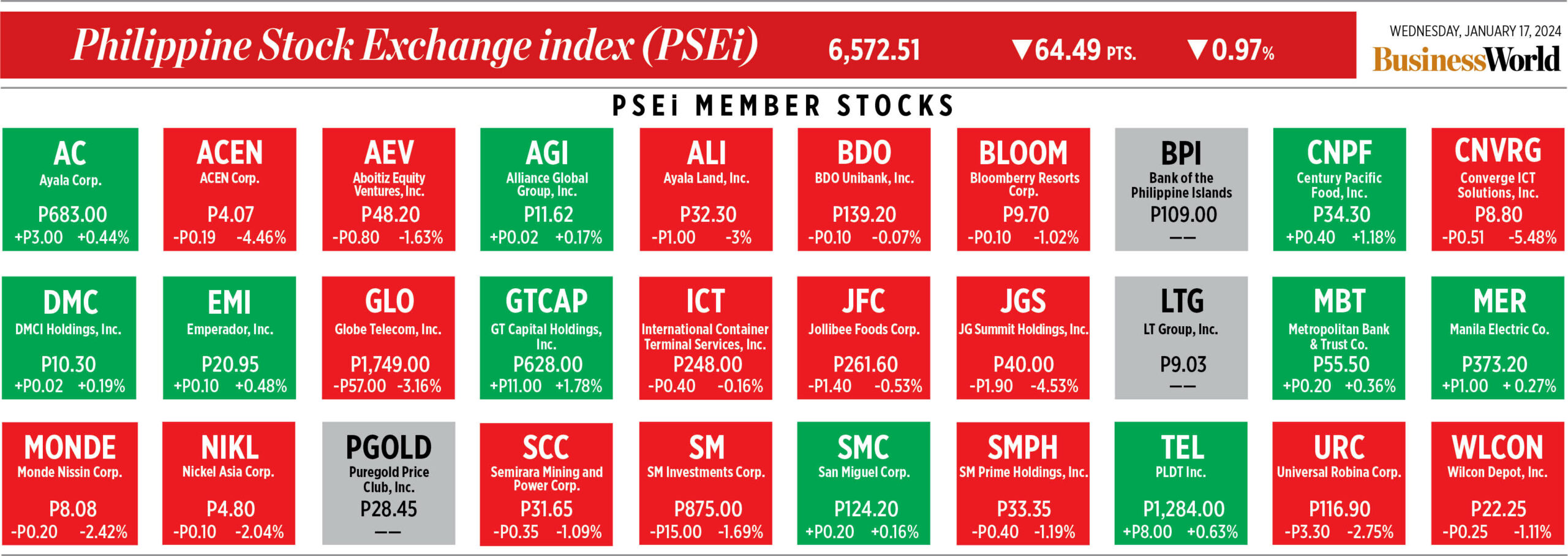Messengerial service
FILIPINO sociologist Mary Racelis-Hollsteiner noted the need for Smooth Interpersonal Relationship (SIR) as part of our culture. We have an aversion for face-to-face confrontation, except in legislative investigations, when the media are covering them.
Avoidance of conflict has become second nature, thus the prominence of indirect communications, and the need for messengerial service.
In the corporate setting, contentious issues, and the need to provide negative feedback, are part of the executive’s job description. Can this be delegated to a third party? A messenger or emissary, not necessarily with ambassadorial rank, or even a formal title (maybe, Special Projects) is used to deliver unpleasant messages to a targeted audience of one.
This official messenger has instructions on the message to be delivered, and even how it should be dished out, sometimes gently.
He follows a script and deflects any violent reaction by prefacing the message with — “this is not my decision. I’m just a messenger here. This is nothing personal.” He massages the target’s ego by implying that the adverse turn of events may be the work of envious rivals. This approach deflects resentment from the person who made the nasty decision. The messenger too is spared from any violent reaction — I know how you feel.
The messenger then reports on the meeting from his notes and answers the questions of the boss — Was he calm while you were talking? (No Sir, he was sobbing.) This report on the reaction prepares the sender of the message for the next meeting with a calmer and more subdued subordinate. (Let’s just compute your separation benefits.)
Messengers can be divided into two groups, one for good news, the other for the other kind. But good news takes care of itself. It is delivered by the boss who is only too willing to have his ring kissed when he calls somebody in for a promotion, the delivery of his new hybrid SUV, a salary increase, or a trip to London to attend a seminar on the prospects for the commonwealth games. An intermediary is only used for delivering bad news.
For a company which declares outstanding profits to bankers and investors while at the same time pushing warm bodies out of tall buildings “to improve efficiency,” the role of messenger can be challenging.
He is tasked with delivering to a high official (maybe even one in the C-Suite) that he should consider retirement and enjoy non-stressful activities like window shopping and gardening. The messenger has a script to respond to the stupid question of why this message is being delivered by one who has a lower rank. The slur does not faze the delivery man — I was asked to do this. (Maybe you can check with the boss afterwards.)
Because the messenger’s job entails seeing grown men crumple before his eyes, he needs to relieve the stress that is part of this role. (He has undertaken this task before.) He practices breaking the news to himself in the mirror and checks out new lines to lighten the moment. (You have the chance to finally binge on replays of Game of Thrones.)
Maybe, the messenger role is better suited to professionals used to delivering bad news like defense lawyers, bankers, oncologists, and bill collectors. But every CEO has a designated person he trusts and whom everyone in the organization knows as the “hit man.” Just an appointment with him sends shivers down everybody’s spine — Are you free this morning?
The messaging function does not travel a straight line. There is the grapevine that spreads bad news before it is official. Such rumblings can find their way to the intended recipient.
The grapevine is unstructured, and not always reliable. It includes fake news from overheard conversations by waiters delivering coffee to a meeting, the secretary of the boss that arranges appointments. (Why is the boss seeing an executive placement company?) Even the toilet attendant can overhear noises unconnected with the flushing of toilets.
The decision-maker at the top who uses messengers to deliver orders and decisions is shirking one of his most important tasks of providing feedback to his subordinates.
In the end the message somehow finds its way to the target who must then explain to his family why he is always home. Can he use a messenger too?
Tony Samson is chairman and CEO of TOUCH xda















